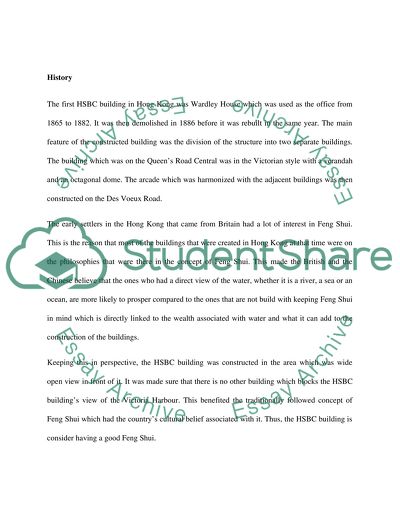Cite this document
(“Cultural influence in Architecture. A casestudy of HSBC HEadquarter Dissertation”, n.d.)
Retrieved from https://studentshare.org/family-consumer-science/1417714-cultural-influence-in-architecture-a-casestudy-of
Retrieved from https://studentshare.org/family-consumer-science/1417714-cultural-influence-in-architecture-a-casestudy-of
(Cultural Influence in Architecture. A Casestudy of HSBC HEadquarter Dissertation)
https://studentshare.org/family-consumer-science/1417714-cultural-influence-in-architecture-a-casestudy-of.
https://studentshare.org/family-consumer-science/1417714-cultural-influence-in-architecture-a-casestudy-of.
“Cultural Influence in Architecture. A Casestudy of HSBC HEadquarter Dissertation”, n.d. https://studentshare.org/family-consumer-science/1417714-cultural-influence-in-architecture-a-casestudy-of.


